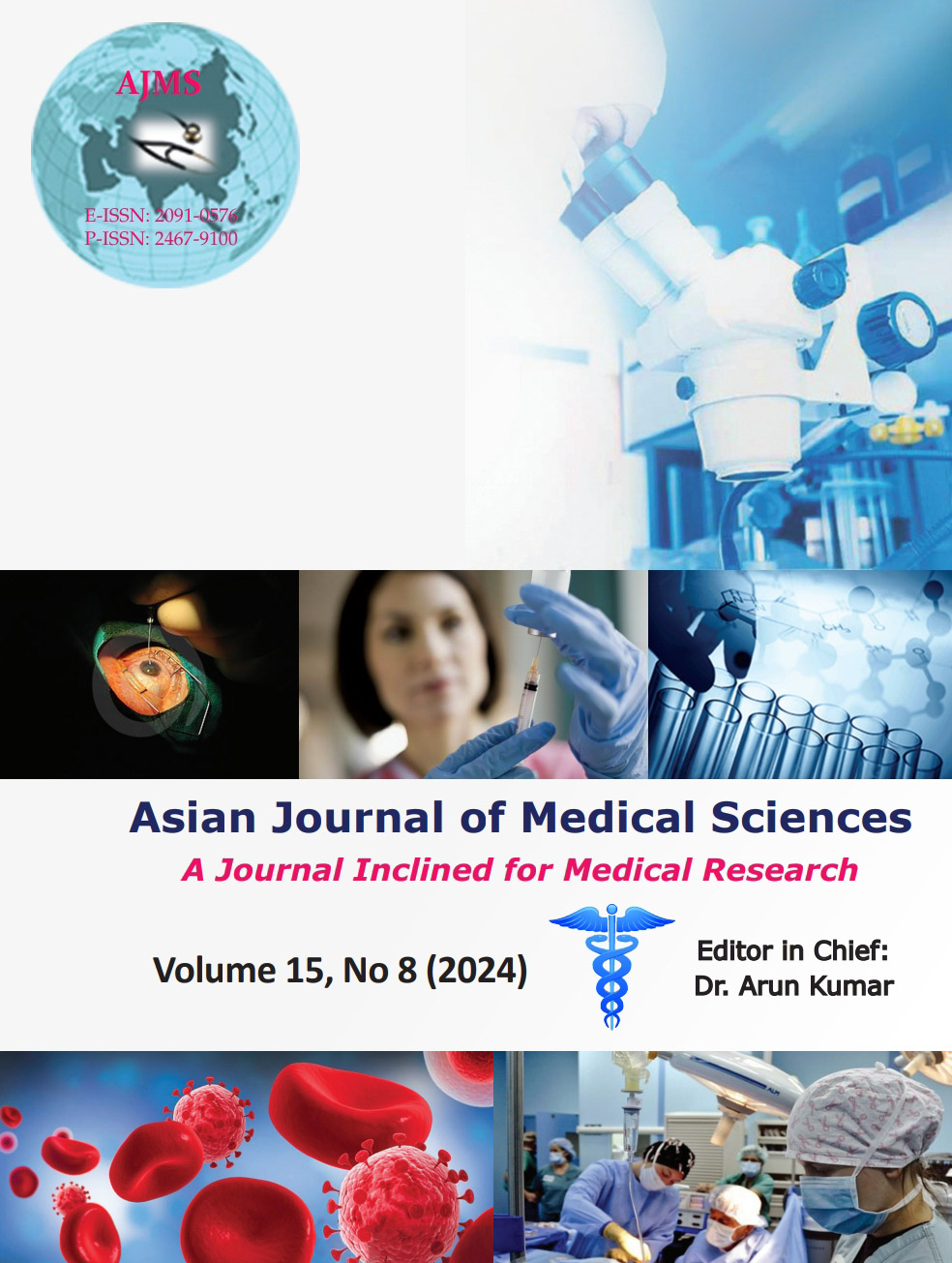A fascinating case of complex congenital heart disease
Keywords:
Pediatric cardiology; Congenital heart defects; Cyanosis; Respiratory distressAbstract
Complex congenital heart disease (CHD) constitutes a significant non-infectious contributor to childhood morbidity and mortality, particularly prevalent in developing countries with an estimated incidence of nearly 1/100 births. The spectrum of CHD spans from isolated atrial septal defects that necessitate no immediate intervention to intricate structural cardiovascular abnormalities demanding multiple interventions early in the neonatal period. Patients afflicted with complex CHD often manifest symptoms such as respiratory distress, cyanosis of the skin, feeding difficulties, and failure to thrive, becoming evident within the initial 48 h post-birth. In this context, we present an intriguing case of a male child with complex CHD. This case study is accompanied by a concise exploration of the embryology of the heart, shedding light on the intricate developmental processes that may underlie such congenital anomalies.
Downloads
Downloads
Published
How to Cite
Issue
Section
License
Copyright (c) 2024 Asian Journal of Medical Sciences

This work is licensed under a Creative Commons Attribution-NonCommercial 4.0 International License.
Authors who publish with this journal agree to the following terms:
- The journal holds copyright and publishes the work under a Creative Commons CC-BY-NC license that permits use, distribution and reprduction in any medium, provided the original work is properly cited and is not used for commercial purposes. The journal should be recognised as the original publisher of this work.
- Authors are able to enter into separate, additional contractual arrangements for the non-exclusive distribution of the journal's published version of the work (e.g., post it to an institutional repository or publish it in a book), with an acknowledgement of its initial publication in this journal.
- Authors are permitted and encouraged to post their work online (e.g., in institutional repositories or on their website) prior to and during the submission process, as it can lead to productive exchanges, as well as earlier and greater citation of published work (See The Effect of Open Access).




